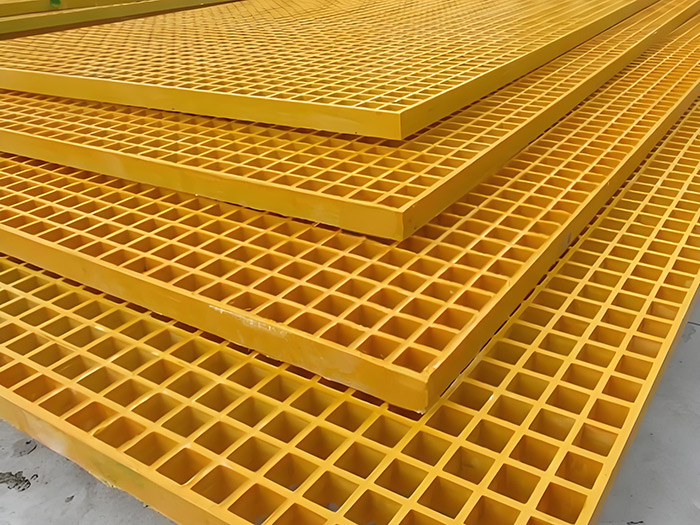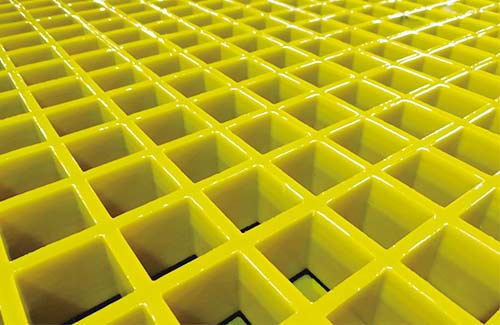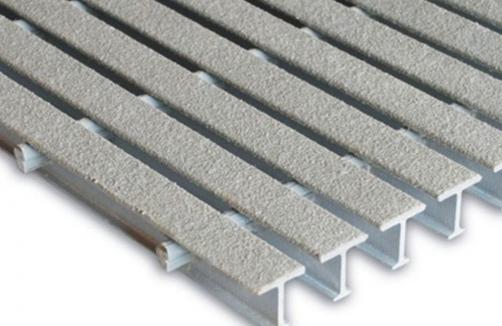Phenolic Grating for Wastewater Treatment Plants: Durable and Efficient Solutions for Industrial Applications
Wastewater treatment plants (WWTPs) are critical infrastructure components that ensure environmental safety and public health. These facilities handle large volumes of water and hazardous materials, making the choice of materials for construction and maintenance a crucial decision. Phenolic grating has emerged as a leading solution for industrial applications in WWTPs, offering durability, efficiency, and long-term cost savings. But what makes phenolic grating the ideal choice? What are its key benefits? How does it compare to traditional materials? This article explores these questions and provides insights into why phenolic grating is a superior solution for wastewater treatment plants.
What is Phenolic Grating?

Phenolic grating is a type of engineered composite material made from layers of fiberglass reinforced with a phenolic resin. This combination creates a material that is incredibly strong, corrosion-resistant, and lightweight. Unlike traditional materials such as steel or aluminum, phenolic grating does not rust or corrode when exposed to harsh chemicals or wet environments. This makes it an excellent choice for applications in wastewater treatment plants where exposure to corrosive substances is common.
Key Benefits of Phenolic Grating
One of the primary advantages of phenolic grating is its durability. Unlike steel grating, which can rust and weaken over time, phenolic grating maintains its structural integrity even in the most challenging environments. Additionally, phenolic grating is highly resistant to chemical attack, making it ideal for areas where hazardous chemicals are present. This resistance extends the lifespan of the grating, reducing the need for frequent replacements and associated maintenance costs.
Another significant benefit is the weight of phenolic grating. It is approximately 50% lighter than steel grating, which makes it easier to handle and install. This lightweight nature also reduces the load on supporting structures, further enhancing its suitability for industrial applications. Additionally, phenolic grating has a high load-bearing capacity, ensuring that it can withstand heavy foot traffic and mechanical stress without bending or breaking.
Why Choose Phenolic Grating for Wastewater Treatment Plants?
Wastewater treatment plants are exposed to a variety of challenges, including chemical corrosion, heavy usage, and extreme weather conditions. Phenolic grating addresses these challenges effectively. Its corrosion resistance makes it ideal for use in tanks, sumps, and other areas where chemicals are present. The material’s ability to withstand heavy loads ensures that it can support equipment and personnel without failing, providing a safe and reliable surface for workers.
Moreover, phenolic grating is easy to install and maintain. Its lightweight design allows for quick and hassle-free installation, reducing downtime and labor costs. Unlike steel grating, phenolic grating does not require painting or coating to protect it from corrosion, further simplifying maintenance procedures. These features make phenolic grating a cost-effective solution for wastewater treatment plants, offering long-term savings without compromising on performance.
How Does Phenolic Grating Compare to Traditional Materials?
When comparing phenolic grating to traditional materials like steel and aluminum, several key differences stand out. Steel grating is widely used in industrial applications due to its strength and affordability. However, it is susceptible to rust and corrosion, especially in environments with high humidity or chemical exposure. Aluminum grating is lighter than steel but offers lower load-bearing capacity and is less durable in harsh conditions.
Phenolic grating outperforms both steel and aluminum in terms of durability, corrosion resistance, and load-bearing capacity. While it may have a higher upfront cost, its long lifespan and low maintenance requirements make it a more economical choice over time. Additionally, phenolic grating is more environmentally friendly than steel, as it does not require coatings or treatments to protect it from corrosion.
Real-World Applications
Phenolic grating is used in various applications within wastewater treatment plants, including walkways, platforms, mezzanines, and access bridges. Its versatility and robustness make it suitable for both indoor and outdoor environments. For example, a wastewater treatment plant in Florida used phenolic grating for its effluent channels, which were exposed to saltwater and harsh chemicals. The grating not only withstood the corrosive environment but also provided a safe and stable surface for workers.
Another example is a large-scale WWTP in Germany, where phenolic grating was installed on its secondary clarifiers. The grating’s high load-bearing capacity and corrosion resistance ensured that the clarifiers could handle heavy machinery and equipment without any structural issues. These real-world applications demonstrate the effectiveness of phenolic grating in improving safety, efficiency, and durability in wastewater treatment plants.
Conclusione
Phenolic grating is a superior solution for wastewater treatment plants, offering durability, efficiency, and long-term cost savings. Its corrosion resistance, high load-bearing capacity, and ease of installation make it an ideal choice for industrial applications. By choosing phenolic grating, facilities can enhance safety, reduce maintenance costs, and extend the lifespan of their infrastructure. As the demand for sustainable and reliable materials continues to grow, phenolic grating is poised to play a pivotal role in the future of wastewater treatment.
Share this article with your colleagues and industry peers to help them understand the benefits of phenolic grating and its potential to revolutionize wastewater treatment solutions. Together, we can create safer, more efficient, and environmentally responsible industrial facilities.







